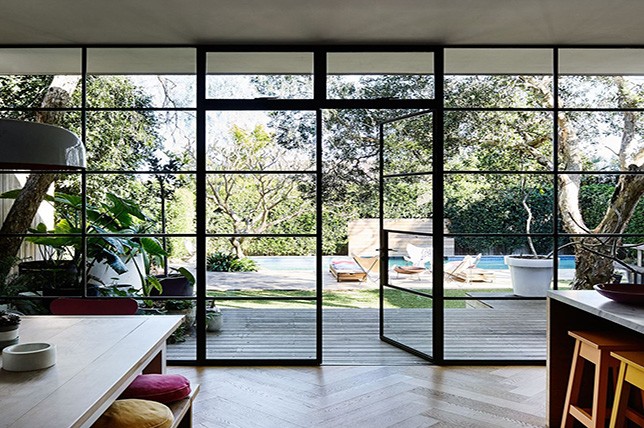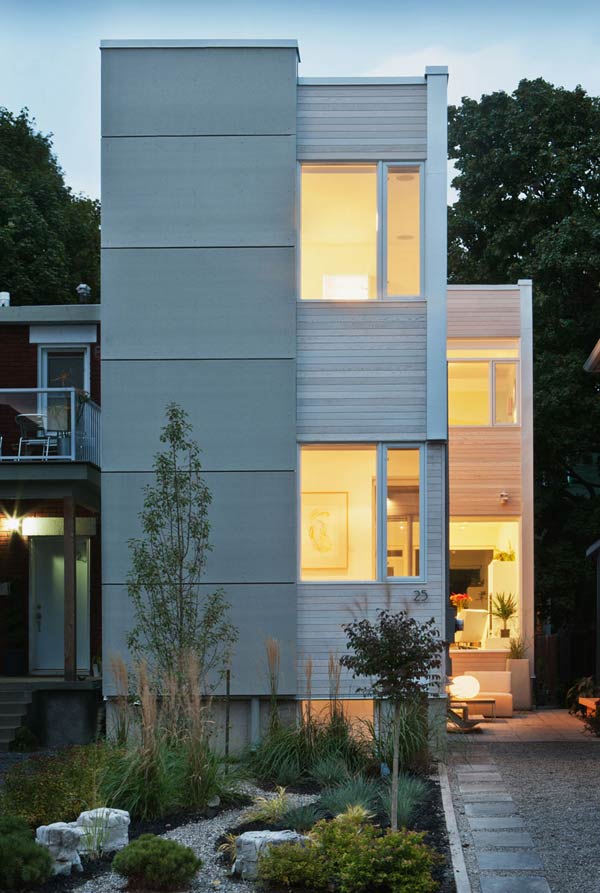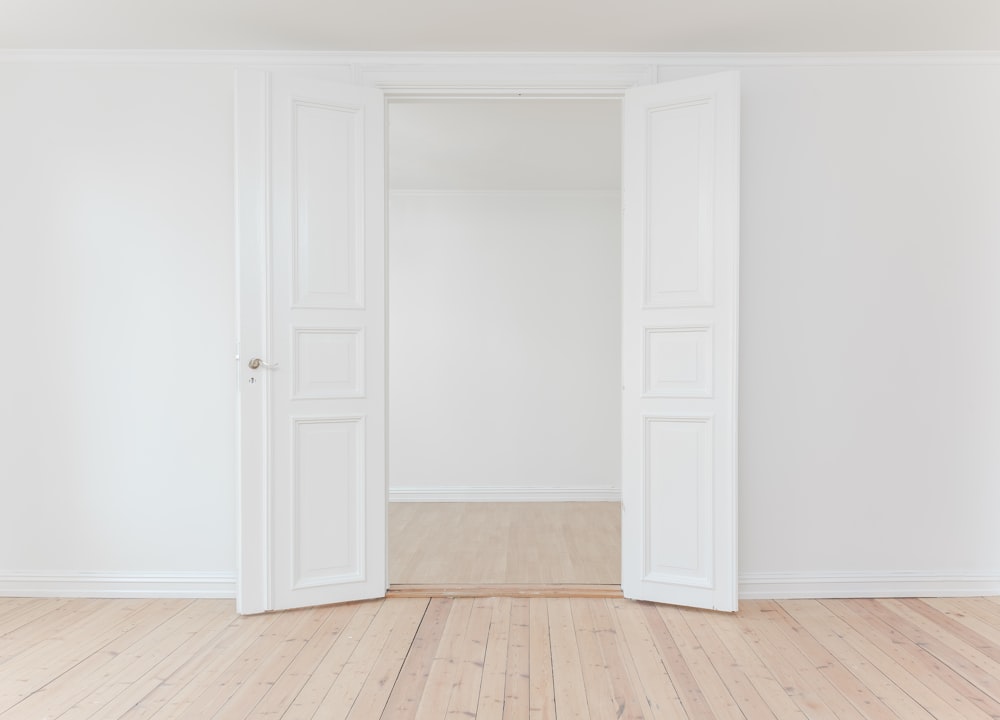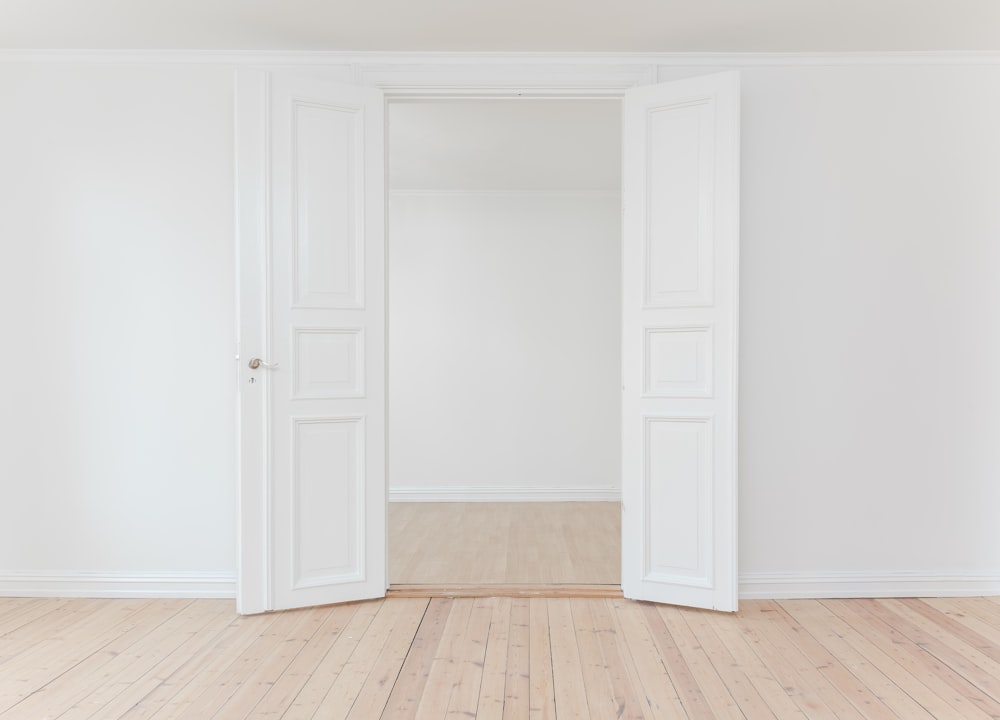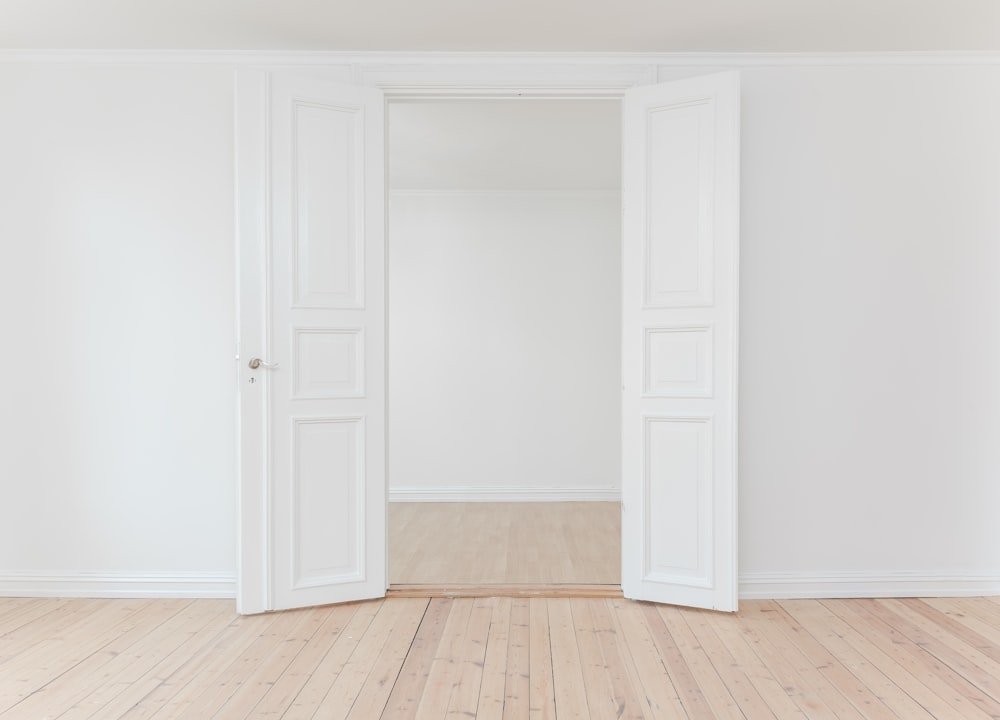
Modern home decor is more than just a style; it’s a philosophy that prioritizes functionality, simplicity, and a clean aesthetic. It’s about creating spaces that are both visually appealing and comfortable, reflecting a minimalist approach to design and a focus on quality materials.
Modern home decor is characterized by clean lines, minimalist forms, and a focus on functionality. Furniture is often sleek and geometric, with a focus on simple shapes and natural materials. Color palettes tend to be neutral, with pops of color used strategically to add visual interest. The overall aesthetic is one of simplicity, order, and a sense of calm.
Modern home decor celebrates the beauty of natural materials. Wood, stone, and metal are frequently used in furniture, flooring, and accents. These materials bring warmth, texture, and a sense of authenticity to the space. Look for furniture crafted from sustainable woods, like oak, walnut, and maple, and incorporate accents made from natural stone, such as marble or granite.
Modern home decor emphasizes the importance of negative space. This refers to the empty areas within a room that allow the eye to rest and the design elements to breathe. Avoid overcrowding the space with too many accessories or furniture. Instead, focus on creating a sense of openness and airiness.
Lighting plays a crucial role in modern home decor. Use a combination of natural light and artificial light to create depth and ambiance. Large windows allow natural light to flood the space, while strategically placed lamps and overhead fixtures provide focused illumination. Consider incorporating dimmer switches to adjust the mood and create different atmospheres.
Modern home decor typically features a neutral color palette, with white, gray, black, and beige serving as the foundation. These colors create a sense of calm and sophistication. Add pops of color strategically through accent pieces, artwork, or textiles. Bold colors can be used to create focal points or to highlight specific areas of the room.
Textiles play a significant role in adding warmth and texture to
modern home decor. Choose fabrics with simple patterns, such as stripes or geometric designs. Natural textures, like linen, cotton, and wool, add a touch of sophistication and comfort. Consider incorporating throw pillows, rugs, and curtains in complementary colors and patterns.
Modern home decor emphasizes functionality and minimalism when it comes to accessories. Choose pieces that serve a purpose, such as decorative bowls, vases, or sculptures. Avoid clutter and unnecessary items. Instead, focus on creating a curated collection of objects that add interest and personality to the space.
Modern home decor is constantly evolving, with new trends emerging and classic elements being
…



















